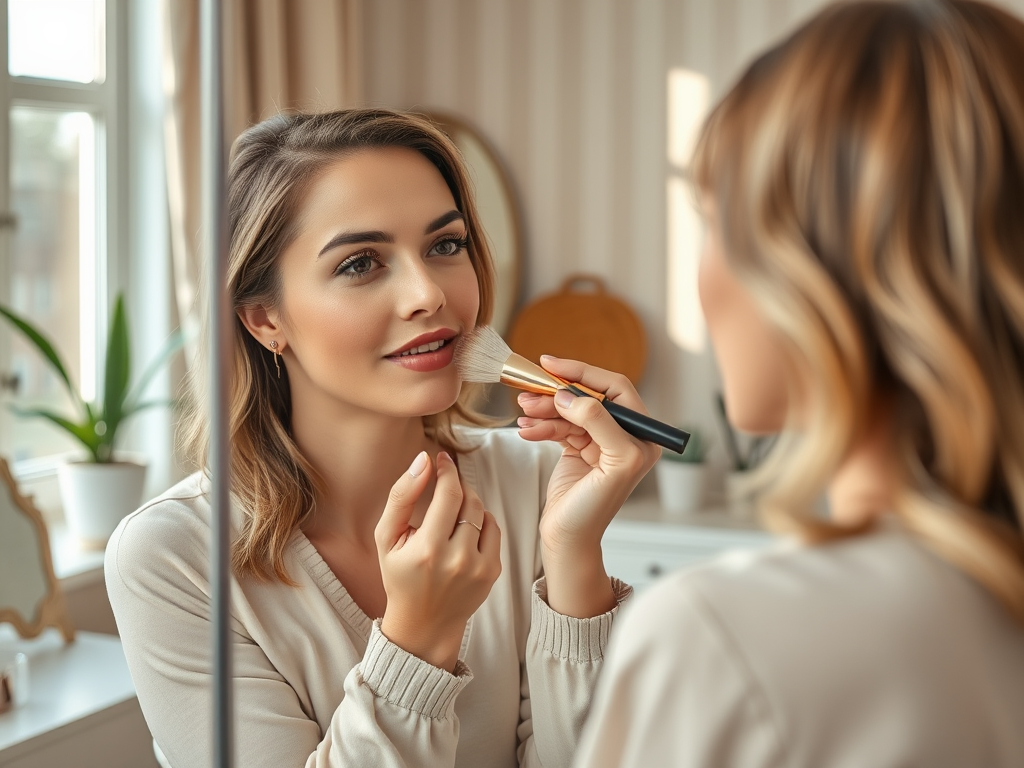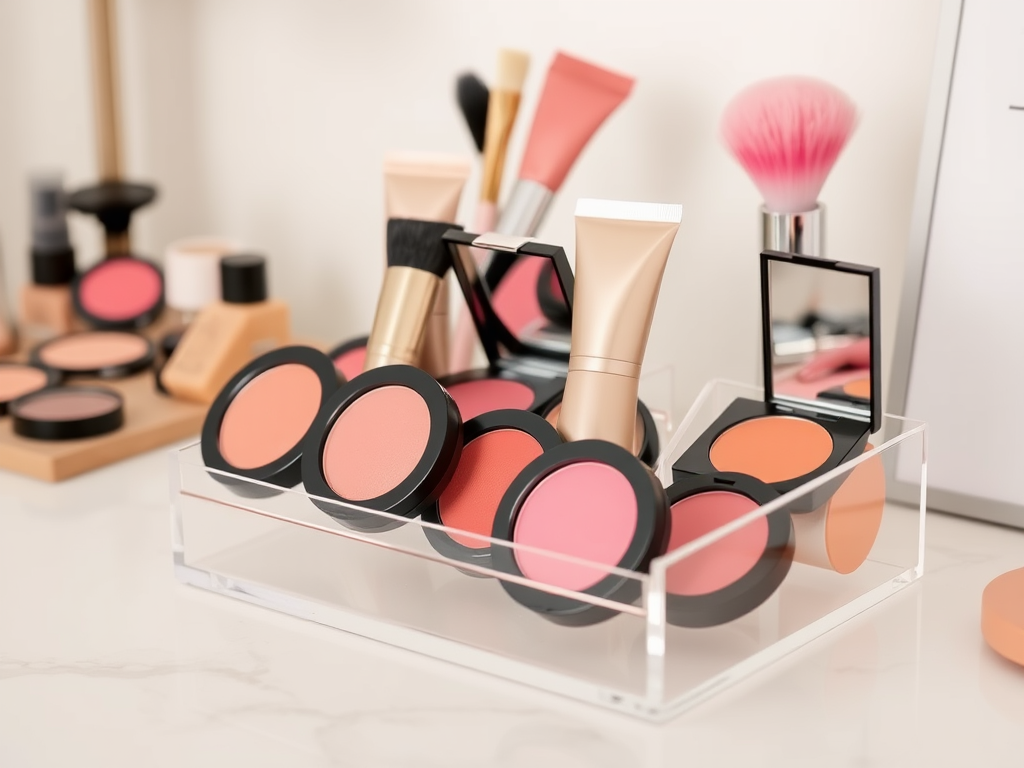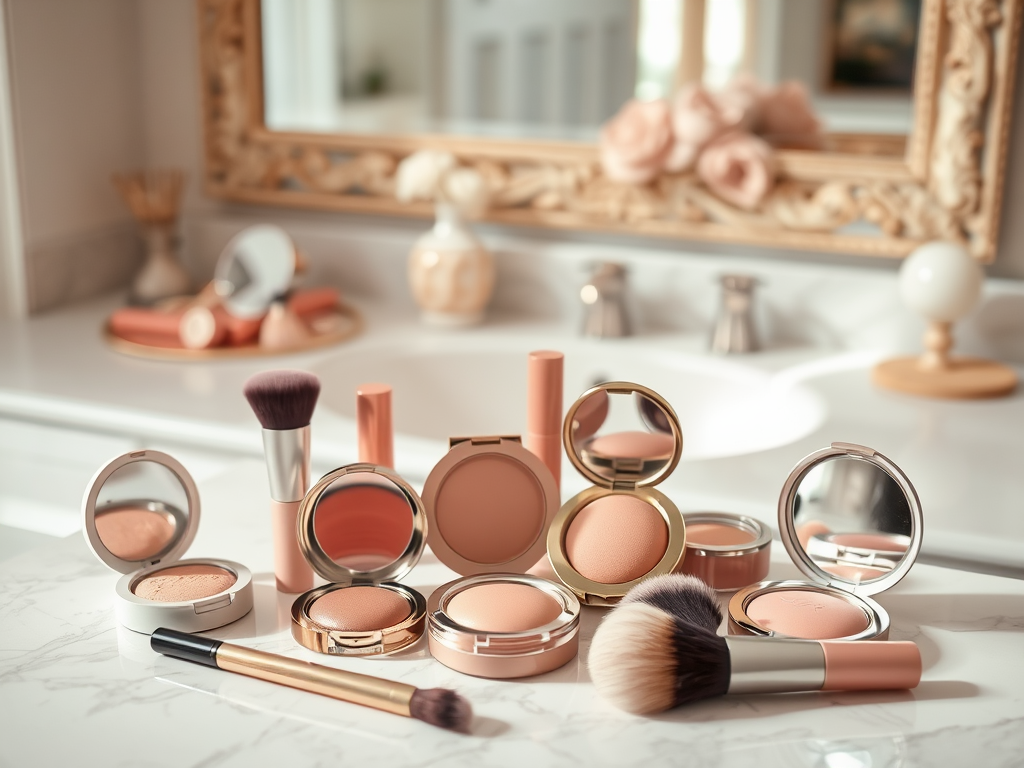Blush is more than just a makeup product; it’s a transformative element that can illuminate your face and enhance your natural beauty. Choosing the right blush color is pivotal for achieving that radiant glow, as it complements not only your skin tone but also your overall makeup look. When you select a shade that resonates with your complexion, you open the door to endless possibilities, allowing your features to pop and your confidence to soar. Unfortunately, many people struggle with this choice, often opting for shades that don’t suit them. Understanding your skin tone, preferences, and the impact of different blush formulas can significantly simplify this process. So, let’s embark on this journey to discover the perfect blush color tailored just for you!
Understanding Skin Tones

To find the ideal blush color, it’s crucial to start with an understanding of skin tones. Skin tone refers to the natural color of your skin, while undertones—the subtle hues beneath the surface—play a vital role in determining which colors will look best on you. Different skins can be classified into four main categories, and recognizing yours can help narrow down the options effectively.
- Cool: This tone typically has pink, red, or blue undertones, with skin appearing fair or rosy.
- Warm: Characterized by yellow, peach, or golden undertones, often seen in olive or golden-hued skin.
- Neutral: A balanced mixture of cool and warm tones, making it versatile for different blush shades.
- Olive: Unique and complex, olive skin possesses a greenish undertone, which can work beautifully with both warm and cool blush colors.
Factors to Consider When Choosing a Blush Color

Aside from skin tone, several factors influence the blush selection process. Understanding these elements will not only simplify your choices but also empower you to make informed decisions.
Undertones
Your undertone is an essential aspect to consider when choosing a blush. If you have cool undertones, opt for pinks and plums to enhance your natural glow. Those with warm undertones should lean toward peachy or coral shades for a sun-kissed look. Neutral undertones can get away with a wide array of colors, allowing for more versatility. Olive skin tones often work well with soft, muted shades that don’t overpower their unique skin hue.
Skin Type
Your skin type can significantly affect how blush appears and lasts throughout the day. For instance, oily skin may require a powder blush to control shine while ensuring longevity. Dry skin, on the other hand, may benefit from creamy formulas that add hydration and a dewy finish. Also, if you have sensitive skin, look for blushes with fewer artificial ingredients to avoid irritation.
The Ultimate Quiz
Ready to discover your ideal blush color? Our interactive quiz will guide you through a sequence of tailored questions that delve into your skin type, desired look, and special occasions. This personalized approach ensures that your final choice aligns perfectly with your preferences and lifestyle.
The quiz consists of questions related to:
- Your Skin Type: Oily, dry or combination?
- Desired Look: Are you more into subtle or bold?
- Occasion: Is it for daily wear, work, or special events?
Popular Blush Colors for Each Skin Tone
Here are some recommended blush shades tailored for each skin tone:
| Skin Tone | Best Blush Shades |
|---|---|
| Cool Skin Tones | Pink, Lavender, Berry |
| Warm Skin Tones | Coral, Peach, Apricot |
| Neutral Skin Tones | Rose, Plum, Beige |
| Olive Skin Tones | Mauve, Warm Pink, Soft Reds |
How to Apply Blush for Radiance
Choosing the right blush is only half the battle; mastering the application technique is equally important. The way you apply blush can enhance its effect and give your face a natural, radiant glow. Your application method can vary based on the type of blush you choose, whether it’s powder or cream.
- Brush vs. Cream: Use a fluffy brush for powder application for softness, while cream blush can be applied with fingers for a more blended effect.
- Placement Techniques: Smile and apply blush to the apples of your cheeks, blending it back toward the temples for a lifting effect.
Conclusion
Finding the right blush color is an indispensable step towards makeup mastery. Remember, your unique skin tone, undertones, and skin type will dictate the most flattering shades for you. Don’t hesitate to experiment with different colors to discover what enhances your beauty the best. After understanding these essential factors, take our quiz to pinpoint your perfect blush shade and elevate your makeup game to new heights!
Frequently Asked Questions
- What is the best blush color for fair skin? Pink and soft peach shades typically work well.
- Can I wear blush if I have oily skin? Yes, opt for a powder blush to control shine.
- How do I know my skin’s undertone? Check your veins; blue indicates cool tones, green suggests warm.
- Is cream blush better than powder? It depends on your skin type; cream blush suits dry skin, while powder is best for oily skin.
- How often should I refresh my blush throughout the day? It varies, but a midday touch-up is often sufficient.
